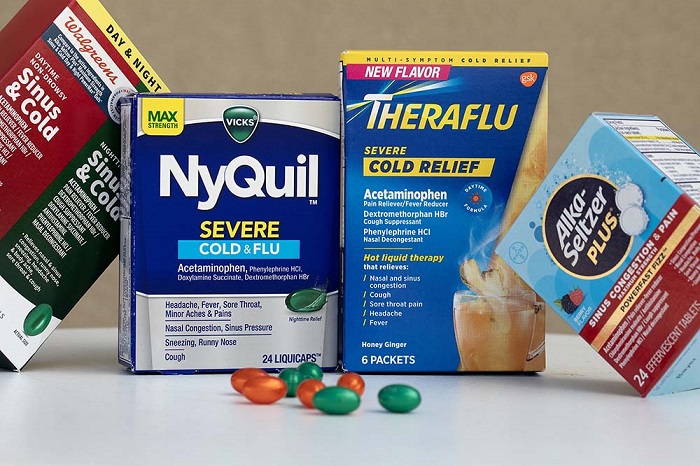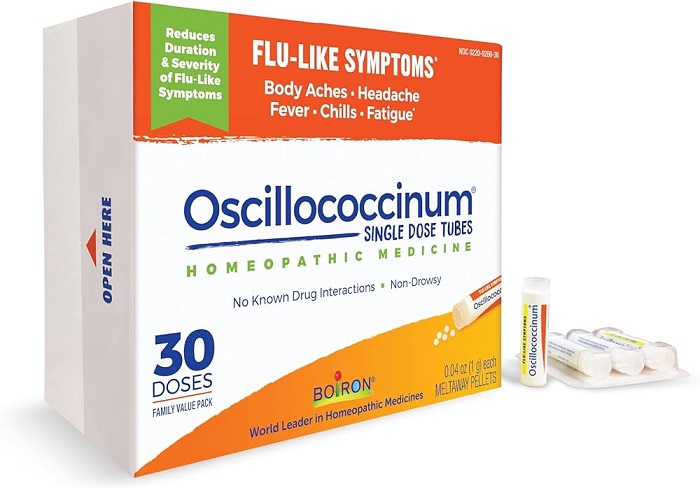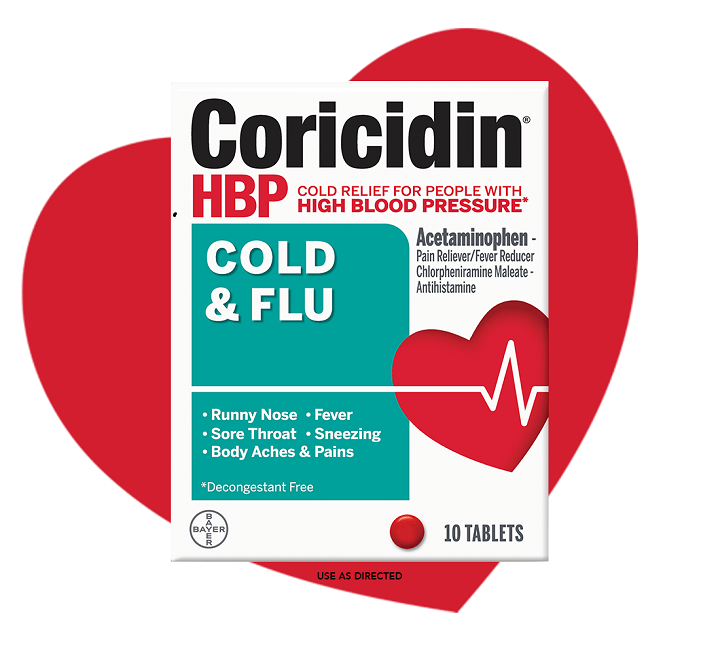In the battle against colds and flu, finding the right medicine can make all the difference. With a plethora of options available, navigating the world of cold and flu remedies can be overwhelming. From decongestants to antihistamines, analgesics to cough suppressants, each medication offers its own unique benefits. In this comprehensive guide, we’ll delve into the various types of cold and flu medicines, their mechanisms of action, potential side effects, and tips for choosing the best option for your symptoms.
Understanding Cold and Flu: Before we delve into the realm of medications, it’s crucial to understand the differences between the common cold and influenza. While both are respiratory illnesses caused by viruses, they are caused by different viruses and exhibit varying symptoms. The common cold typically presents with symptoms such as a runny or stuffy nose, sore throat, cough, and mild fatigue. In contrast, the flu often comes on suddenly and is characterized by more severe symptoms, including high fever, body aches, fatigue, and respiratory congestion.
Types of Cold and Flu Medicines

Decongestants:
- Mechanism of Action: Decongestants work by narrowing blood vessels in the nasal passages, reducing swelling and congestion.
- Common Ingredients: Phenylephrine, pseudoephedrine.
- Forms: Oral tablets, nasal sprays.
- Considerations: Avoid prolonged use to prevent rebound congestion.
- Mechanism of Action: Antihistamines block the effects of histamine, reducing symptoms such as sneezing, itching, and runny nose.
- Common Ingredients: Diphenhydramine, loratadine, cetirizine.
- Forms: Oral tablets, syrups.
- Considerations: May cause drowsiness; select non-drowsy formulations for daytime use.
Analgesics:
- Mechanism of Action: Analgesics relieve pain and reduce fever.
- Common Ingredients: Acetaminophen, ibuprofen.
- Forms: Oral tablets, liquid suspensions.
- Considerations: Avoid exceeding recommended doses to prevent liver damage (with acetaminophen) or gastrointestinal issues (with ibuprofen).
Cough Suppressants

- Mechanism of Action: Cough suppressants reduce the urge to cough.
- Common Ingredients: Dextromethorphan, codeine (prescription only).
- Forms: Oral syrups, lozenges.
- Considerations: Use caution when combining with other medications to avoid overdosing on active ingredients.
Expectorants
- Mechanism of Action: Expectorants thin mucus, making it easier to expel.
- Common Ingredients: Guaifenesin.
- Forms: Oral tablets, syrups.
- Considerations: Ensure an adequate intake of fluids to enhance expectorant effects.
Choosing the Right Medication
- Assess Your Symptoms: Identify the predominant symptoms you wish to alleviate (e.g., congestion, cough, fever) to select the most appropriate medication.
- Consider Comorbidities: Individuals with certain medical conditions (e.g., hypertension, liver disease) or those taking specific medications may need to avoid certain cold and flu remedies.
- Read Labels Carefully: Pay close attention to active ingredients, dosing instructions, and potential contraindications or interactions with other medications.
- Consult a Healthcare Professional: When in doubt, seek guidance from a healthcare provider or pharmacist to ensure safe and effective medication use.
Potential Side Effects and Precautions
- Drowsiness: Some cold and flu medications, particularly those containing antihistamines, may cause drowsiness. Avoid driving or operating heavy machinery until you know how the medication affects you.
- Drug Interactions: Certain medications, including antidepressants, MAO inhibitors, and blood pressure medications, may interact with cold and flu remedies. Check with your healthcare provider or pharmacist before combining medications.
- Rebound Congestion: Prolonged use of nasal decongestant sprays can lead to rebound congestion, where symptoms worsen upon discontinuation. Limit use to a few days as directed.
Natural Remedies and Lifestyle Modifications
- Stay Hydrated: Adequate hydration helps thin mucus and keeps mucous membranes moist, easing congestion and sore throat.
- Rest: Allow your body ample time to rest and recover. Avoid strenuous activities that may exacerbate symptoms.
- Humidify the Air: Using a humidifier can add moisture to the air, relieving nasal congestion and soothing irritated nasal passages.
- Steam Inhalation: Inhaling steam from a bowl of hot water or taking a hot shower can help loosen mucus and ease congestion.
- Herbal Remedies: Certain herbs, such as echinacea and elderberry, are purported to boost the immune system and alleviate cold and flu symptoms. However, evidence supporting their efficacy is mixed.
Finding the right cold and flu medicine involves considering your specific symptoms, medical history, and individual preferences. Whether you opt for over-the-counter remedies or prefer natural alternatives, it’s essential to use medications safely and responsibly. By understanding the various types of cold and flu medicines, their mechanisms of action, and potential side effects, you can make informed decisions to find relief and promote a speedy recovery. Remember to consult a healthcare professional if you have any concerns or questions regarding cold and flu medication use. Stay healthy and well-informed during cold and flu season!


